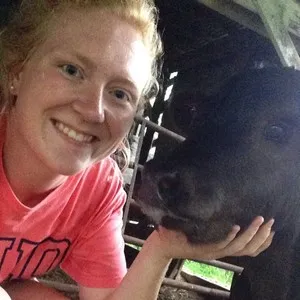Sausages are so common (and tasty) that people rarely stop and think about how and why they are made the way they are. There are several kinds of sausages made around the world and, chances are, you’ve had one kind or another.
So how did sausages come about? And what exactly are we eating? If these are the questions you have, then hopefully this can be your answer.
Where and how did sausages originate?
There are many types of sausages that originated from different countries and cultures. There are Italian sausages from Italy, bratwurst from Germany, kielbasa from Poland, Mexican sausages, etc.
Historically, Italian and German cultures were typically poor cultures. Families couldn’t afford much, so they had to use every part of the animal possible, and they needed an easy way to store the meat.
In Italy, they started producing dried sausages for storage advantages that would ensure the sausages could be kept for months. As for Germany and bratwurst, it is said that ‘brat’ is an old German word for ‘meat without waste.’ This means bratwursts were produced as a way to preserve the meat and use the trimmings left from butchering after cutting the large parts of meat.
Several generations ago, my ancestors came from Germany to southeastern Ohio where they started farming. To this day, my grandpa always tells me that when they butchered a hog, they used every part of the animal for something, except the squeal. Because they couldn’t catch it.
Ultimately, sausages were made depending on the country/food culture they originated in.
What makes each kind of sausage unique?

The difference between each type of sausage is the seasoning. Italian sausages have a variety of Italian seasonings and spices, most famously fennel and anise. Mexican sausages, such as chorizo, include spicier seasonings that are red to give the sausage its vibrant color. There is also a green chorizo that is made with chiles and cilantro.
Each type of sausage seasoning varies depending on where the sausage originates. The seasoning choices go back to when the sausages were first produced and explain the early food cultures of different regions.
What are these edible casings?
That, friends, is a very good question. In fact, there are a few different types of casings that these sausages are stuffed in. The first type is the natural casings. Natural casings are made from the small intestines of livestock, such as cattle, hogs, or sheep. The intestines are processed immediately after slaughter.
During processing, the internal layer, called the “slime,” of the small intestine is removed along with the outside tissues. Small intestines are used for the casings because the large intestines are too tough to be chewed. FYI, chorizo is typically packaged in natural casings.
Sausages are also packed in artificial casings. These casings can be made from plant-based cellulose, which are typically from cotton or wood. The cellulose casings are usually used when smoking the meats and are normally removed after the heat treatment because they are paper-like and should not be consumed.
Casings could also be made from animal by-product-based collagen from skins and hides. Depending on the source, some collagen casings are edible and some are not.
The “perfect” casing is one that is edible, can resist the pressure when packaging, and is permeable to water. The only way to tell what a casing is made of is if you read the packaging or ask the butcher.
Essentially, sausages were made for a variety of reasons based on what each individual culture needed at that time. Each sausage expresses the cultures signature flavors to link the meat back to a place and time. Not all sausages were made equal, but they all sure were made delicious.


